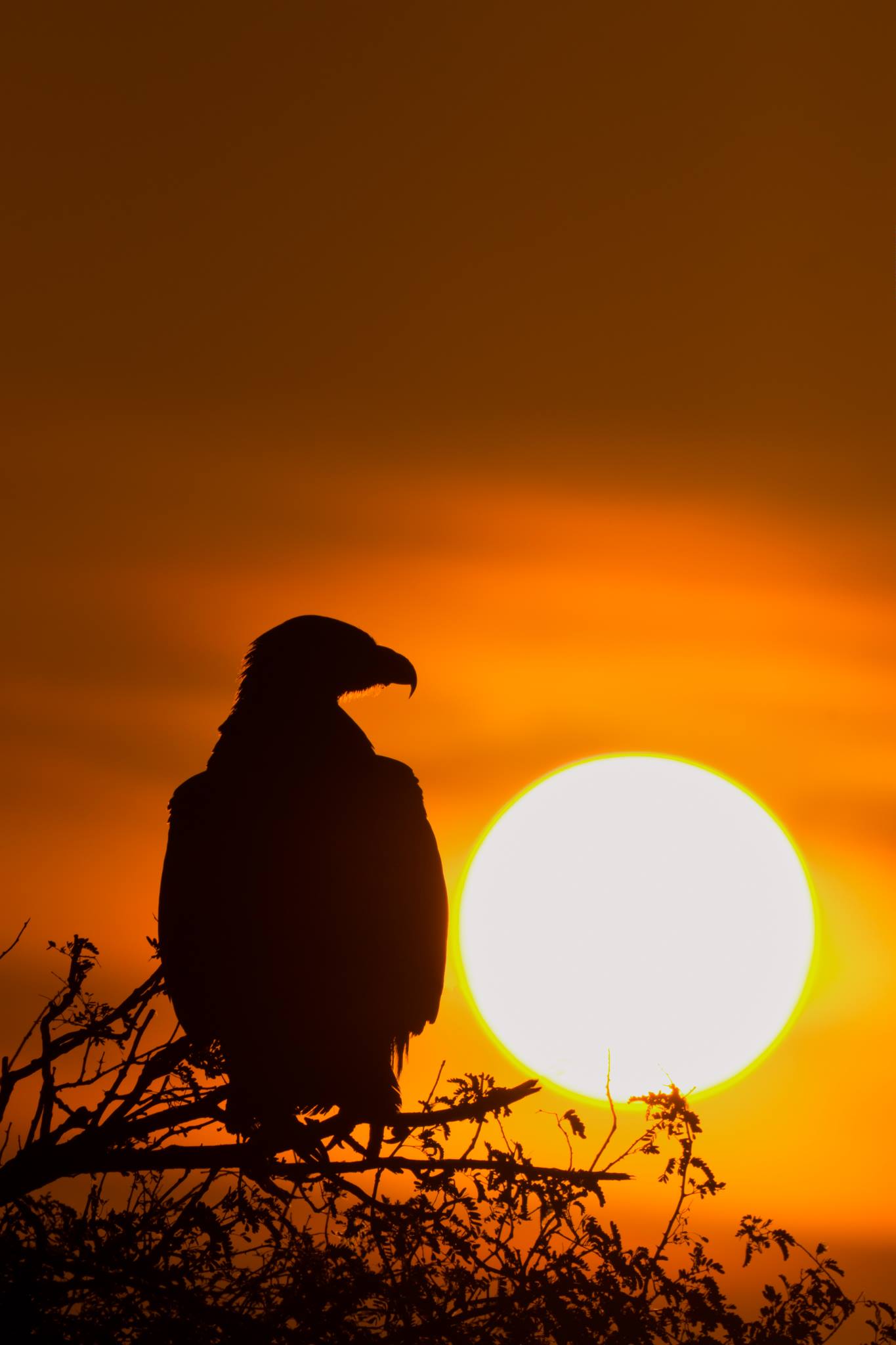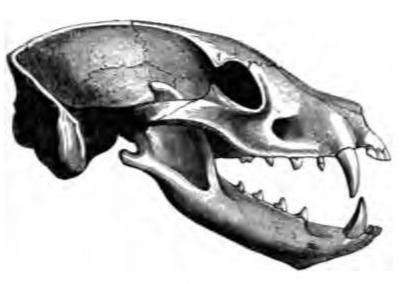|
Eurydactylodes
''Eurydactylodes'' is a small genus of geckos commonly referred to as chameleon geckos from the subfamily Diplodactylidae, endemic to New Caledonia and few adjacent islands.AG Kluge (1967). "Systematics, phylogeny, and zoogeography of the lizard genus Diplodactylus Gray (Gekkonidae)". ''Australian Journal of Zoology'', 15(5), 1007–1108. Within the Diplodactylidae, ''Eurydactylodes'' resides in the Carphodactylini tribe, and consists of four species. All species share similar Morphology (biology), morphology as well as lifestyle and habits.Bauer, A. M., Jackman, T., Sadlier, R. A., & Whitaker, A. H. (2009). "Review and phylogeny of the New Caledonian diplodactylid gekkotan genus Eurydactylodes Wermuth, 1965, with the description of a new species". ''Memoires Du Museum National d'Histoire Naturelle - Zoologia Neocaledonica'' 6. The first of the ''Eurydactylodes'' species to be classified, Eurydactylodes vieillardi, ''E. vieillardi'', was discovered in 1869. Species Eurydacty ... [...More Info...] [...Related Items...] OR: [Wikipedia] [Google] [Baidu] |
Eurydactylodes Agricolae
Bauer's chameleon gecko (''Eurydactylodes agricolae'') is a nocturnal species of lizard in the Family (biology), family Diplodactylinae. The species is Endemism, endemic to Grande Terre (New Caledonia), Grande Terre in New Caledonia. Etymology The Specific name (zoology), specific name, ''agricolae'', is in honor of American herpetologist :fr:Aaron Matthew Bauer, Aaron Matthew Bauer. The German noun, ''Bauer'', means "farmer" in English, which becomes ''agricola'' (Genitive case, genitive Grammatical number, singular, ''agricolae'') when translated into Latin.Richard Allen "Bo" Crombet-Beolens, Beolens B, Michael Watkins (zoologist), Watkins M, Michael Grayson, Grayson M (2011). ''The Eponym Dictionary of Reptiles''. Baltimore: Johns Hopkins University Press. xiii + 296 pp. . (''Eurydactylodes agricolae'', p. 19). Habitat The preferred natural habitats of the arboreal ''E. agricolae'' are forest and shrubland, at altitudes up to . Description ''E. agricolae'' may attain a Snou ... [...More Info...] [...Related Items...] OR: [Wikipedia] [Google] [Baidu] |
Eurydactylodes Symmetricus
''Eurydactylodes symmetricus'', sometimes known commonly as the symmetrical gecko or the large-scaled chameleon gecko, is a species of lizard in the family Diplodactylidae. The species is endemic to Grande Terre in New Caledonia. Habitat The preferred natural habitats of ''E. symmetricus'' are forest and shrubland, at altitudes of . Description ''E. symmetricus'' may attain a snout-to-vent length (SVL) of . Reproduction ''E. symmetricus'' is oviparous Oviparous animals are animals that reproduce by depositing fertilized zygotes outside the body (i.e., by laying or spawning) in metabolically independent incubation organs known as eggs, which nurture the embryo into moving offsprings kno .... References Further reading * Andersson LG (1908). "Two new Lizards (''Eurydactylus'' and ''Lygosoma'') from New Caledonia". ''Arkiv för Zoologi, Utgifvet af K. Svenska Vetenskapsakademien i Stockholm'' 4: 1–5. (''Eurydactylus symmetricus'', new species, pp. 1–4, ... [...More Info...] [...Related Items...] OR: [Wikipedia] [Google] [Baidu] |
Eurydactylodes Vieillardi
''Eurydactylodes vieillardi'', sometimes known commonly as Bavay's gecko or Vieillard's chameleon gecko, is a species of lizard in the family Diplodactylidae. The species is endemic to Grande Terre in New Caledonia. www.reptile-database.org. Etymology The specific name, ''vieillardi'', is in honor of French botanist Eugène Vieillard. Beolens B, Watkins M, Grayson M (2011). ''The Eponym Dictionary of Reptiles''. Baltimore: Johns Hopkins University Press. xiii + 296 pp. . (''Eurydactylodes vieillardi'', p. 275). Habitat The preferred natural habitats of ''E. vieillardi'' are forest and shrubland, up to an altitude of . Description ''E. vieillardi'' may attain a snout-to-vent length (SVL) of . Reproduction ''E. vieillardi'' is oviparous Oviparous animals are animals that reproduce by depositing fertilized zygotes outside the body (i.e., by laying or spawning) in metabolically independent incubation organs known as eggs, which nurture the embryo into moving o ... [...More Info...] [...Related Items...] OR: [Wikipedia] [Google] [Baidu] |
Eurydactylodes Occidentalis
''Eurydactylodes occidentalis'', the western chameleon gecko, is a species of gecko, a lizard in the family Diplodactylidae. The species is endemic to Grande Terre in New Caledonia. Etymology The word ''occidentalis'', meaning "western", refers to the apparent restriction of the species along the west coast of South Province on Grande Terre. Habitat The preferred natural habitat of ''E. occidentalis'' is forest, at an altitude of . Description ''E. occidentalis'' is the smallest species in its genus. Its maximum recorded snout-to-vent length (SVL) is only . Reproduction ''E. occidentalis'' is oviparous Oviparous animals are animals that reproduce by depositing fertilized zygotes outside the body (i.e., by laying or spawning) in metabolically independent incubation organs known as eggs, which nurture the embryo into moving offsprings kno .... References Further reading * Bauer AM, Jackman TR, Sadlier RA, Whitaker AH (2009). "Review and phylogeny of the N ... [...More Info...] [...Related Items...] OR: [Wikipedia] [Google] [Baidu] |
Diplodactylidae
The Diplodactylidae are a Family (biology), family in the suborder Gekkota (geckos), with over 150 species in 25 Genus, genera. These geckos occur in Australia, New Zealand, and New Caledonia. Diplodactylids are the most ecologically diverse and widespread family of geckos in both Australia and New Caledonia, and are the only family of geckos found in New Zealand. Three diplodactylid genera (''Oedura'', ''Rhacodactylus'', and ''Hoplodactylus'') have recently been split into multiple new genera. In previous classifications, the family Diplodactylidae is equivalent to the subfamily Diplodactylinae. Habitat Like other geckos, Diplodactylidae often live in warm areas that are around the temperature of . They mostly live in rain forests, up in the trees for protection. However, they are also found in cooler climates such as those found in southern New Zealand, where they have been found to be active in temperatures ranging from 1.4 to 31.9C. Reproduction Viviparity is notable as ... [...More Info...] [...Related Items...] OR: [Wikipedia] [Google] [Baidu] |
Arthur René Jean Baptiste Bavay
Arthur René Jean Baptiste Bavay (29 April 1840 in Lamballe – 1923) was a French pharmacist, herpetologist and malacologist. Biography Trained as a naval pharmacist, Bavay's scientific contributions included investigations involving the flora and fauna of New Caledonia, migratory studies of mollusks crossing the Suez Canal and research of the malacological families Pectinidae and Marginellidae. With malacologist Philippe Dautzenberg, he conducted studies of terrestrial and freshwater mollusks of the Far East.Hylodes martinicensis'' and its metamorphosis * ''Récolte des mollusques: conseils aux voyageurs'', 1895. ollecting Mollusks: advice for travelers * ''Diagnoses de coquilles nouvelles de l'Indo-Chine'', 1900. (with Philippe Dautzenberg). seashell.html" ;"title="iagnoses of new seashell">iagnoses of new seashells from Indochina]. * ''Descriptions de quelques nouvelles espèces du Genre Pecten'', 1904. [Descriptions of some new species of the genus ''Pecten (biva ... [...More Info...] [...Related Items...] OR: [Wikipedia] [Google] [Baidu] |
Eugène Vieillard
Eugène Vieillard (1819–1896) was a French physician and botanist. Employed as a surgeon with the merchant navy, from 1855 to 1857 he collected plants in Tahiti with gardener-botanist Jean Armand Isidore Pancher. Afterwards, he spent a number of years conducting botanical investigations in New Caledonia, where he was a colleague to naturalist Émile Deplanche. Within this time period, he also collected ferns in New Zealand (1861) and visited the Cape of Good Hope and the island of Réunion. From 1871 to 1895, he was director of the botanical garden in Caen.JSTOR Global Plants biographyBiodiversity Heritage Library Taxonomic literature : a selective guide to botanic ... [...More Info...] [...Related Items...] OR: [Wikipedia] [Google] [Baidu] |
Arboreal Locomotion
Arboreal locomotion is the animal locomotion, locomotion of animals in trees. In habitats in which trees are present, animals have evolution, evolved to move in them. Some animals may scale trees only occasionally (scansorial), but others are exclusively arboreal. The habitats pose numerous mechanical challenges to animals moving through them and lead to a variety of anatomical, behavioral and ecological consequences as well as variations throughout different species.Matt Cartmill, Cartmill, M. (1985). "Climbing". pp. 73–88 ''In'': Hildebrand, Milton; Bramble, Dennis M.; species:Karel Frederik Liem, Liem, Karel F.; David B. Wake, Wake, David B. (editors) (1985). ''Functional Vertebrate Morphology''. Cambridge, Massachusetts: Harvard University Press, Belknap Press. 544 pp. . Furthermore, many of these same principles may be applied to climbing without trees, such as on rock piles or mountains. Some animals are exclusively arboreal in habitat, such as tree snails. Biomechanic ... [...More Info...] [...Related Items...] OR: [Wikipedia] [Google] [Baidu] |
Diurnality
Diurnality is a form of plant and ethology, animal behavior characterized by activity during daytime, with a period of sleeping or other inactivity at night. The common adjective used for daytime activity is "diurnal". The timing of activity by an animal depends on a variety of environmental factors such as the temperature, the ability to gather food by sight, the risk of predation, and the time of year. Diurnality is a cycle of activity within a 24-hour period; cyclic activities called circadian rhythms are endogenous cycles not dependent on external cues or environmental factors except for a zeitgeber. Animals active during twilight are crepuscular, those active during the night are nocturnal and animals active at sporadic times during both night and day are cathemerality, cathemeral. Plants that open their flowers during the daytime are described as diurnal, while those that bloom during nighttime are nocturnal. The timing of flower opening is often related to the time at whic ... [...More Info...] [...Related Items...] OR: [Wikipedia] [Google] [Baidu] |
Crypsis
In ecology, crypsis is the ability of an animal or a plant to avoid observation or detection by other animals. It may be part of a predation strategy or an antipredator adaptation. Methods include camouflage, nocturnality, subterranean lifestyle and mimicry. Crypsis can involve visual, olfactory (with pheromones) or auditory concealment. When it is visual, the term cryptic coloration, effectively a synonym for animal camouflage, is sometimes used, but many different methods of camouflage are employed in nature. Overview There is a strong evolutionary pressure for prey animals to avoid predators through camouflage, and for predators to be able to detect camouflaged prey. There can be a self-perpetuating coevolution, in the shape of an evolutionary arms race, between the perceptive abilities of animals attempting to detect the cryptic animal and the cryptic characteristics of the hiding species. Methods Methods of crypsis include (visual) camouflage, nocturnality, ... [...More Info...] [...Related Items...] OR: [Wikipedia] [Google] [Baidu] |
Insectivore
file:Common brown robberfly with prey.jpg, A Asilidae, robber fly eating a hoverfly An insectivore is a carnivore, carnivorous animal or plant which eats insects. An alternative term is entomophage, which can also refer to the Entomophagy in humans, human practice of eating insects. The first vertebrate insectivores were amphibians. When they evolved 400 million years ago, the first amphibians were piscivores, with numerous sharp conical teeth, much like a modern crocodile. The same tooth arrangement is however also suited for eating animals with exoskeletons, thus the ability to eat insects can stem from piscivory. At one time, insectivorous mammals were scientific classification, scientifically classified in an order (biology), order called Insectivora. This order is now abandoned, as not all insectivorous mammals are closely related. Most of the Insectivora taxa have been reclassified; those that have not yet been reclassified and found to be truly related to each ... [...More Info...] [...Related Items...] OR: [Wikipedia] [Google] [Baidu] |
Wermuth
{{surname ...
Wermuth is a surname. Notable people with the surname include: * Cédric Wermuth (born 1986), Swiss politician. * Arthur W. Wermuth, a United States Army officer during World War II. * Jochen Wermuth (born 1969), a German investor. * Rut Wermuth (1928-2021), Polish Holocaust survivor. * Nanny Wermuth (born 1943), professor emerita of Statistics. * Camille G. Wermuth (died 2015), French chemist. See also *Vermouth Vermouth (, ) is an Italian aromatized wine, aromatized, fortified wine, flavored with various Botany, botanicals (roots, Bark (botany), barks, flowers, seeds, Herb, herbs, and Spice, spices) and sometimes Food coloring, colored. The modern ve ... [...More Info...] [...Related Items...] OR: [Wikipedia] [Google] [Baidu] |




